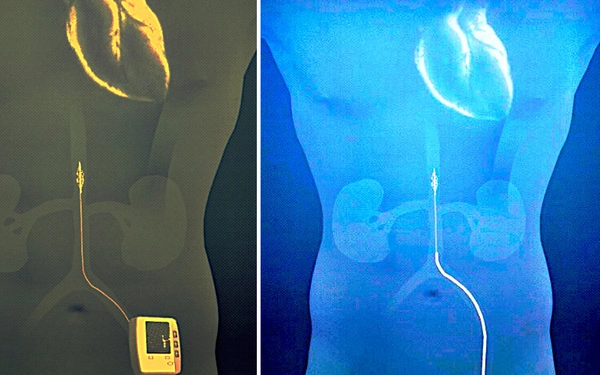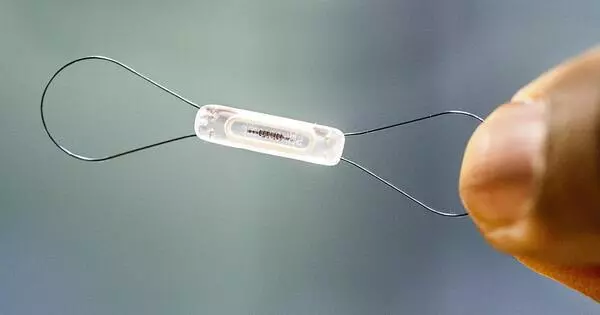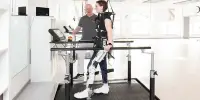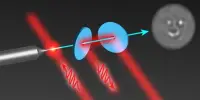Rapid pressure changes inside your heart can now be detected using new technology. Magnetic resonance imaging (MRI) is used to obtain detailed images of the heart in cutting-edge technology. The scientists observed that when administered a certain medicine for measuring the heart’s blood flow, the pressure inside the heart rises. They also discovered why this medicine, known as adenosine, causes people to get breathless throughout the test. According to the researchers, their discoveries could help doctors better detect and monitor patients suffering from cardiac disease and heart failure.
University of East Anglia researchers employed cutting-edge imaging technology to assess acute pressure changes inside the heart. Magnetic resonance imaging (MRI) is used to obtain detailed images of the heart in this cutting-edge technology.
The scientists observed that when administered a certain medicine for measuring the heart’s blood flow, pressure inside the heart rises. They also discovered why this medicine, known as adenosine, causes people to get breathless throughout the test. According to the researchers, their discoveries could help doctors better detect and monitor patients suffering from cardiac disease and heart failure.
During a heart MRI test, patients are sometimes given a special medication called adenosine to see how blood flows through the heart, and it can cause breathlessness. We wanted to learn more about how the heart works and why people felt breathless when administered adenosine.
Dr. Pankaj Garg
Lead researcher Dr Pankaj Garg, from UEA’s Norwich Medical School, said: “When patients present with symptoms of heart disease, doctors use a special test called heart MRI to take detailed pictures of the heart and see how well it is working.”
“During a heart MRI test, patients are sometimes given a special medication called adenosine to see how blood flows through the heart, and it can cause breathlessness. We wanted to learn more about how the heart works and why people felt breathless when administered adenosine.”
The UEA team collaborated with researchers from the University of Leeds to study 33 patients who had been referred for a stress cardiac MRI. This test is used to assess blood flow in the cardiac arteries and look for blockages. The researchers photographed the patient’s heart while it was at rest and when it was pumping hard after being given adenosine.

“Adenosine mimics the effect of exercise on the heart while the patient is lying down on the scanner,” said Dr Garg, “And we discovered why it makes patients get out of breath.
Postgraduate researcher Hosamadin Assadi, also from UEA’s Norwich Medical School, said: “We looked at the top chamber of the heart, called the left atrium, and also looked at the lower part of the heart, called the left ventricle. We used advanced software to measure and study the heart, and we also estimated the pressures inside the heart before and after giving the medication.”
“Our findings show that after giving patients adenosine, the left atrium of the heart grew significantly faster – just before the blood flowed out. This is significant because it demonstrates that the previously published cardiac MRI pressure model is flexible to acute changes in the heart and can be used to diagnose and monitor heart illness, specifically heart failure. We also discovered that when the heart was working hard, a measure called LVFP, which tells us about the pressure inside the heart, increased.”
Dr. Garg’s earlier research demonstrated that a 4D heart MRI scan can provide detailed flow images of the heart and that this non-invasive imaging approach can correctly and precisely quantify the peak velocity of blood flow in the heart.
The scan takes about six to eight minutes and can offer three-dimensional imaging of the cardiac valves and flow inside the heart, allowing clinicians to select the best course of treatment for patients. “This work strengthens the notion of using heart MRI to measure pressures inside the heart,” Dr. Garg stated.
















